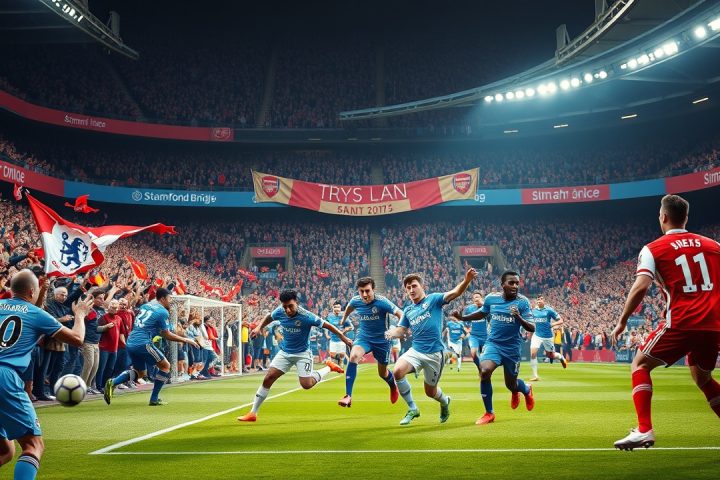Showboating in Football: A Controversial Expression
In the world of football, the act of showboating has sparked much discussion, straddling the line between self-expression and disrespect on the pitch. Recent events have brought this debate into sharper focus, particularly following a confrontation during a Champions League match where PSV Eindhoven players drew ire from their coach, Peter Bosz.
Minutes before the end, the team, in a surprising show of arrogance, began executing no-look passes and fancy flicks against a weakened Liverpool side. Bosz expressed his displeasure, stating,
“It was terrible and I’m really annoyed. I believe we could have entertained properly without the extravagant antics.”
This illustrates a clash between the desire for flair and the expectation of sportsmanship.
Context of Showboating in Matches
Fast forward to a dramatic moment in Brazil’s Sao Paulo state championship final, where Corinthians were leading Palmeiras. Memphis Depay decided to stand atop the ball as time wound down, igniting a brawl that culminated in two red cards and, subsequently, a new rule change governing such antics, which now mandates a yellow card for players adopting that stance.
This incident only heightened the discourse surrounding showboating, with critics like former Brazil player Denilson lamenting the declining individuality and flair in modern football. He opined on social media,
“This is why we don’t see players with personality anymore, as every action now seems subject to reprimand.”
Cultural Perspectives on Showboating
The reaction to these moments speaks volumes about football culture across different regions. For example, the rainbow flicks and nutmegs that define Brazilian football, often met with admiration, can provoke outrage in more traditional football nations. Xavi Hernandez, a legend of the game, remarked on Neymar’s unnecessary display of skill against Athletic Club, underscoring the cultural disparity:
“In Brazil, those actions are celebrated, but in Spain, they might be interpreted as disrespect.”
The Fine Line of Showboating
Indeed, while showboating is often celebrated as a display of skill and personality by some, it can provoke a much different response from opponents and fans alike. Reflecting on past occurrences, former Liverpool defender Jamie Carragher noted the context is critical. Players tend to show off their skills when they feel the game is secured, risking the ire of their opponents.
An example of this can be drawn from a match between Tottenham Hotspur and Nottingham Forest, where Richarlison’s keepie-uppies incited a violent response from an opponent, resulting in a harsh tackle. Commentator Martin Tyler suggested this reaction was to be expected at that level.
The Future of Showboating in Football
The ambivalence towards showboating can often swing based on game context, as seen with players like Mario Balotelli, whose attempts at elaborate tricks often backfire, drawing ire from teammates for perceived disrespect. Moreover, a narrative emerges around when such moments are celebrated or derided, leading to a nuanced discussion on the direction of modern football.
Mark Warburton, a respected coach, highlights the importance of understanding the role of showboating:
“It should be rooted in purpose and not merely a means to provoke. If players bring joy through their skill, it enriches the game.”
Ultimately, this conversation about the artistry and spontaneity of football continues to evolve, with many advocating for the preservation of individuality that brings excitement to the game, while others urge for a return to a focus on respect and sportsmanship. As football debates its identity, the balancing act between flair and decorum remains a captivating aspect of the sport.




